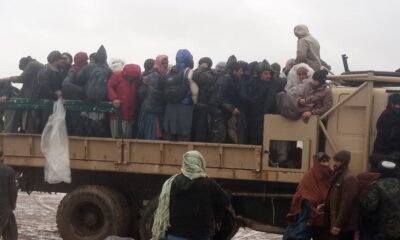Latest News
Hundreds of billions of US dollars “wasted” in Afghanistan
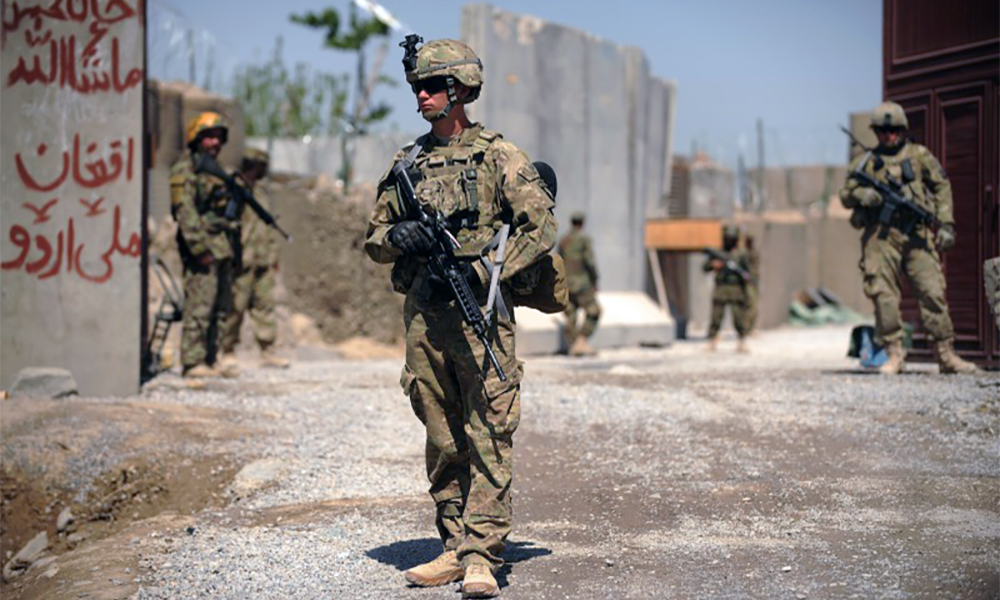
A catalog of “waste, fraud and abuse” reports made against the United States’ reconstruction efforts in Afghanistan have been “temporarily” removed from the Special Inspector General for Afghanistan Reconstruction’s (SIGAR) website.
In an expose by CNN, a US State Department spokesperson told CNN they had asked SIGAR to “temporarily” remove the reports, owing “to safety and security concerns regarding our ongoing evacuation efforts.” The spokesperson added SIGAR had the authority to restore them “when it deems appropriate.”
These reports, published for years on a quarterly basis, gave insight into the abuse and wastage of funds provided by the US government over 20 years.
The in-depth audits detailing these findings have, for the most part, been taken offline, despite having been widely promoted on social media platforms almost weekly for the past few years.
The total cost of the war, according to the Pentagon, was $825 billion, a low-end estimate: even President Joe Biden has cited an estimate that put the amount at over double that — more than $2 trillion, a figure that factors in long-term costs such as veterans’ care. The interest on the debt runs into hundreds of billions already, CNN reported.
However, the $145 billion reconstruction effort lacked oversight, leading Congress to set up SIGAR in 2008.
In their expose, CNN detailed 10 notable cases, stripped of identifying details on SIGAR’s website. The reports had however been collated by CNN over the years.
The cases are as follows:
1) The Tarakhil power plant project that was commissioned in 2007 as a backup generator for the capital, in case electricity supply from Uzbekistan was compromised.
A vast, modern structure, it ran on diesel-fueled turbines, supplied by a brand-name engineering giant. There was one catch: Afghanistan had scant diesel supply of its own and had to ship the fuel in by truck — making the plant too expensive to run, CNN reported.
The facility itself cost $335 million to build, and had an estimated annual fuel cost of $245 million. The most recent SIGAR assessment said at best it was used at just 2.2% capacity, as the Afghan government could not afford the fuel. USAID declined to comment.
2) A half-billion-dollar fleet of cargo planes that flew for a year ended up being sold as scrap.
In 2008, Afghanistan’s fledgling air force needed cargo planes and the Pentagon chose the G222 — an Italian-designed aircraft designed to take off and land on rough runways.
That first year, according to a speech made by SIGAR’s chief John Sopko, citing a USAF officer, the planes were very busy.
But they would not be sustainable. The aircraft were only noticed by SIGAR when Sopko noticed them parked at Kabul airport and asked what they were doing there.
Six years after the procurement was launched, the 16 aircraft delivered to Afghanistan were sold for scrap for $40,257. The cost of the project totaled $549 million.
3) A $36 million Marines HQ in the desert was neither wanted nor used, Sopko said in a speech, but this 64,000-square foot control center in Helmand cost $36 million to build in 2010 and was never used. Sopko recalled the base commander and two other marine generals said it was not needed as it would not be completed fast enough but said the thought of returning the funds to Congress “was so abhorrent to the contracting command, it was built anyway. The facility was never occupied, Camp Leatherneck was turned over to the Afghans, who abandoned it.”
4) In 2007, $28 million was spent on a new camouflage pattern for army uniforms for the Afghans. A total of 1.3 million sets were ordered costing $43 to $80 each, as opposed to $25 to $30 originally estimated for replacement uniforms.
The uniforms were never tested or evaluated in the field, and Sopko said it cost taxpayers an extra $28 million to buy the uniforms with a patented pattern.
SIGAR projected in 2017 a different choice of pattern could have saved a potential $72 million over the next decade.
5) The US spent $1.5 million a day on counter-narcotics programs (from 2002 to 2018). Opium production was, according to the last SIGAR report, up in 2020 by 37% compared to the year before. This was the third-highest yield since records began in 1994.
In 2017, production was four times what it was in 2002. A State department spokesperson noted “the Taliban (IEA) have been the primary factor contributing to poppy’s persistence in recent years” and “that the Taliban (IEA) have committed to banning narcotics.”
6) An extensive ring road around Afghanistan was funded by multiple grants and donors, totaling billions during the course of the war. Towards the end of the project, a 233-kilometer section in the North, between the towns of Qeysar and Laman, led to $249 million being handed out to contractors, but only 15% of the road was being built, a SIGAR audit reported.
Between March 2014 and September 2017, there was no construction on this section, and what had been built deteriorated, the report concluded. USAID declined to comment.
7) An extensive hotel and apartment complex was commissioned next to the US Embassy in Kabul, for which the US government provided $85 million in loans.
In 2016, SIGAR concluded “the $85 million in loans is gone, the buildings were never completed and are uninhabitable, and the U.S. Embassy was forced to provide security for the site at additional cost to U.S. taxpayers.”
The audit concluded the contractor made unrealistic promises to secure the loans, and that the branch of the US government who oversaw the project never visited the site, and neither did the company they later hired to oversee the project. A State department spokesperson said they did not manage the construction and it was “a private endeavor.”
8) The Pentagon created the Task Force for Business and Stability Operations (TFBSO) expanded from Iraq to include Afghanistan in 2009, for whose operations in Afghanistan Congress set aside $823 million.
Over half the money actually spent by TFBSO — $359 million of $675 million — was “spent on indirect and support costs, not directly on projects in Afghanistan,” SIGAR concluded in an audit.
They reviewed 89 of the contracts TFBSO made, and found “seven contracts worth $35.1 million were awarded to firms employing former TFBSO staff as senior executives.”
An audit also concluded that the fund spent about $6 million on supporting the cashmere industry, $43 million on a compressed natural gas station, and $150 million on high-end villas for its staff.
9) A 2015 report into USAID’s funding of healthcare facilities in Afghanistan said that over a third of the 510 projects they had been given coordinates for, did not exist in those locations. Thirteen were “not located in Afghanistan, with one located in the Mediterranean Sea.” Thirty “were located in a province different from the one USAID reported.”
And “189 showed no physical structure within 400 feet of the reported coordinates. Just under half of these locations showed no physical structure within a half mile of the reported coordinates.”
The audit said that USAID and the Afghan ministry of Public Health could only provide “oversight of these facilities [if they] know where they are.” USAID declined to comment.
10) At least $19 billion lost to “waste, fraud, abuse”
An October 2020 report presented a startling total for the war. Congress at the time had appropriated $134 billion since 2002 for reconstruction in Afghanistan.
SIGAR was able to review $63 billion of it — nearly half. They concluded $19 billion of that — almost a third — was “lost to waste, fraud, and abuse.”
DoD spokesman Lodewick told CNN they and “several other U.S. Government departments and agencies are already on record as having challenged some of these reports as inaccurate and misleading” and that their conclusions “appeared to overlook the difference between reconstruction efforts that may have been mismanaged willfully/negligently and those efforts that, at the time of the report, simply had fallen short of strategic goals.”
Latest News
Pakistan summons Afghan diplomat over deadly attack in North Waziristan
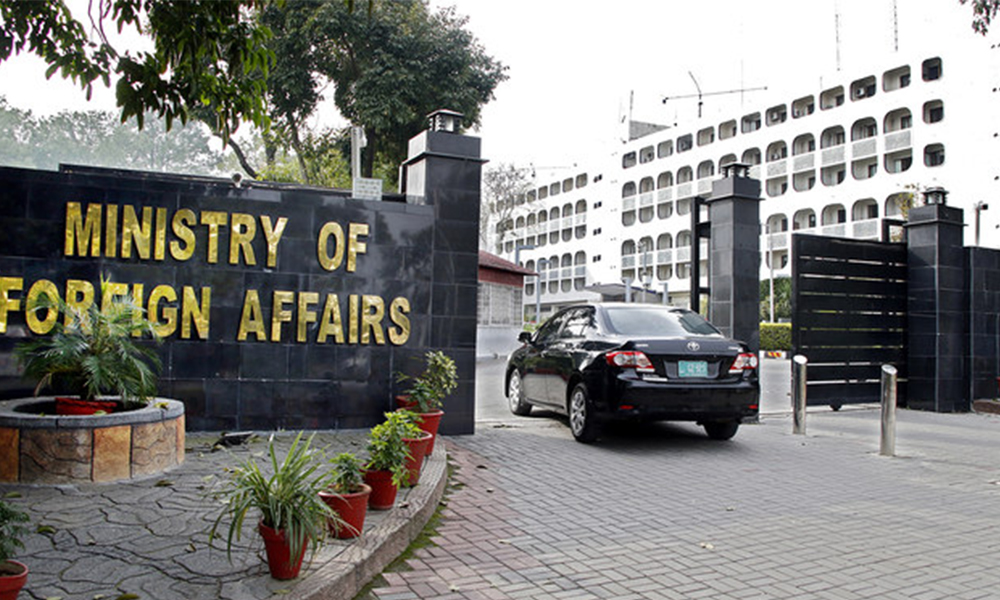
Pakistan on Friday summoned Afghan Deputy Head of Mission in Islamabad to convey “strong demarche” over a deadly attack on a military camp in North Waziristan District that killed four Pakistani soldiers.
In a statement, Pakistan’s Ministry of Foreign Affairs said the attack was carried out by a faction of Tehreek-i-Taliban Pakistan (TTP).
The statement said that Pakistan conveyed “grave concern over the continued support and facilitation” provided by the Islamic Emirate to TTP.
Pakistan has demanded “a full investigation and decisive action against the perpetrators and facilitators of the terrorist attacks launched against Pakistan from Afghan soil.”
It urged the Islamic Emirate “to take immediate, concrete and verifiable measures against all terror groups operating from its territory, including their leadership, and deny the continued use of Afghan soil for terrorism against Pakistan.
According to the statement, the Islamic Emirate has been “categorically informed that Pakistan reserves the right to defend its sovereignty and protect its citizens, and will take all necessary measures to respond to terrorism originating from Afghan soil.”
Pakistani officials have repeatedly claimed that attacks in the country are originated from Afghan soil, a charge the Islamic Emirate denies.
Latest News
Uzbek president stresses Afghanistan’s role in regional economic projects
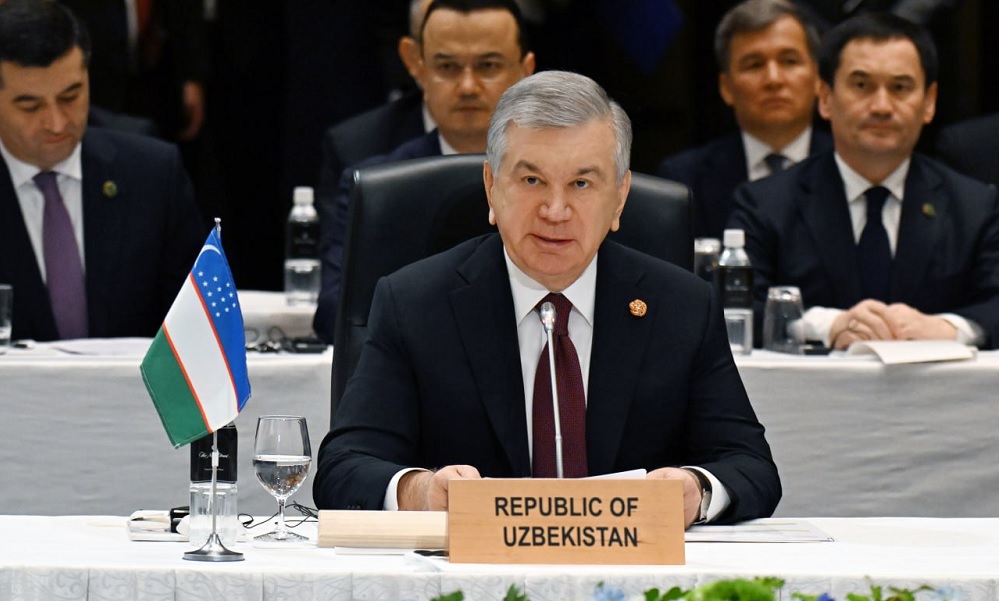
President of Uzbekistan Shavkat Mirziyoyev has underscored Afghanistan’s continued importance in regional cooperation, saying the country remains one of the key areas of interaction among regional partners.
Addressing the first summit of the “Central Asia Plus Japan” dialogue, Mirziyoyev said participating countries share a common aspiration to see Afghanistan become peaceful, stable, and oriented toward meaningful development.
The Uzbek president praised Japan’s longstanding and consistent support for Afghanistan, noting that Tokyo has for many years been among the leading donors and partners assisting the Afghan people.
He expressed confidence that coordinated efforts and joint contributions by regional countries and Japan would help improve living standards in Afghanistan, advance socio-economic and infrastructure development, and facilitate the country’s active involvement in regional economic projects.
Latest News
Japan allocates nearly $20 million in humanitarian aid for Afghanistan
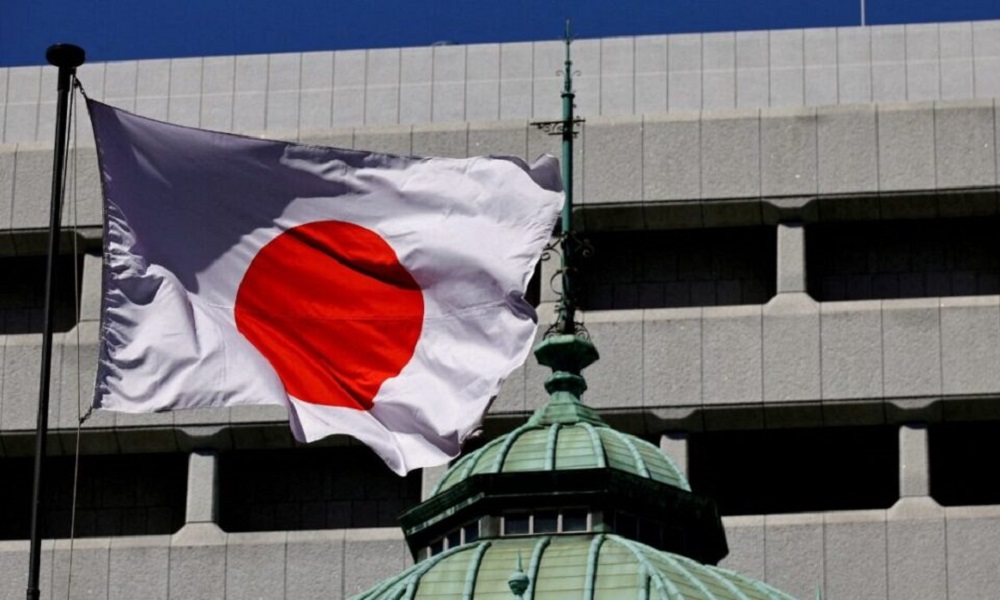
The Embassy of Japan in Afghanistan announced on Friday that the country has allocated $19.5 million in humanitarian assistance to Afghanistan.
In a statement, the Japanese Embassy said it hopes the aid will help bring positive change to the lives of vulnerable Afghans.
According to the statement, the assistance will cover the basic humanitarian needs of vulnerable communities in Afghanistan.
The embassy added that the aid will be delivered through United Nations agencies, international organizations, and Japanese non-governmental organizations operating in Afghanistan.
Japan’s total assistance to Afghanistan since August 2021 has reached more than $549 million.
-

 Latest News4 days ago
Latest News4 days agoIEA supreme leader stresses enforcement of Sharia law and sincere public service
-

 International Sports5 days ago
International Sports5 days agoILT20: Desert Vipers qualify for playoffs with five-wicket win over Dubai Capitals
-

 International Sports5 days ago
International Sports5 days agoATN secures broadcast rights for four major AFC sporting events
-

 Sport4 days ago
Sport4 days agoILT20: Sharjah Warriorz secure 11-run victory over Gulf Giants
-
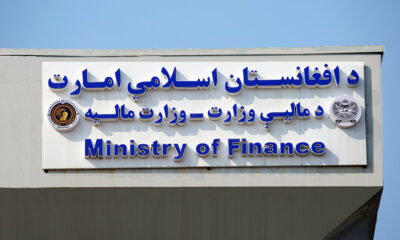
 Business4 days ago
Business4 days agoAfghanistan, India discuss expanding investment opportunities
-

 International Sports3 days ago
International Sports3 days agoIPL 2026: Teams take shape after auction as franchises balance star power and depth
-

 Sport4 days ago
Sport4 days agoAbu Muslim Farah crowned champions of fifth season of Afghanistan Champions League
-

 International Sports3 days ago
International Sports3 days agoILT20: Abu Dhabi Knight Riders end Desert Vipers’ unbeaten run in dramatic one-run win












